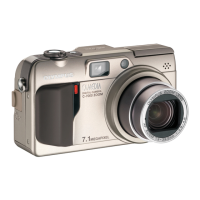
Do you have a question about the Olympus CAMEDIA C-70 ZOOM and is the answer not in the manual?
| Image Processor | TruePic Turbo |
|---|---|
| Optical Zoom | 5x |
| Digital Zoom | 4x |
| ISO Sensitivity | Auto, 50, 100, 200, 400 |
| Storage Media | xD Picture Card |
| Battery | LI-12B |
| Type | Compact |
| Image Sensor | 1/1.8" CCD |
| Effective Pixels | 7.1 MP |
| Lens | Olympus Lens |
| Aperture | f/2.8 - f/4.8 |
| Focusing | TTL autofocus |
| ISO Range | 50, 100, 200, 400 |
| LCD Screen | 2.0" |
| LCD Monitor | 2.0-inch TFT LCD, 130, 000 pixels |
| Storage | xD Picture Card |
| Battery Type | Li-Ion |
Learn to download, edit, and print images using Olympus Master software.
Understand how pictures are stored and accessed on the memory card.
Connect camera directly to a PictBridge-compatible printer for immediate prints.
Connect camera to a TV to view pictures or playback movies.
Learn proper grip techniques to prevent blurred images caused by camera shake.
Choose between monitor and viewfinder for shooting based on preference and conditions.
Troubleshoot focus problems and learn to use focus lock for accurate targeting.
Understand image size and compression settings for optimal picture quality and storage.
Utilize automatic scene modes for optimal settings in various shooting conditions.
Learn to use optical and digital zoom for magnifying subjects effectively.
Explore macro modes for detailed close-up shots of small subjects.
Select appropriate flash modes like auto, red-eye reduction, and fill-in flash.
Gain creative control by manually setting aperture, shutter speed, or both.
Master AF modes like iESP and SPOT for precise subject focus selection.
Understand ESP, Spot, and Multi-metering for accurate exposure measurement.
Achieve natural colors by setting white balance for different lighting conditions.
Capture video clips with sound, learning about composition and recording controls.
Shoot sequences of images automatically for action or time-based events.
Create panoramic images and take photos remotely for group shots or specific scenes.
Apply black & white or sepia effects, and record sound with still pictures.
Review photos individually, in index view, or organized by date on a calendar.
Enhance photos with RAW data edit, red-eye fix, resizing, trimming, and edit movie clips.
View images on a TV screen and display detailed shooting information on the camera monitor.
Protect important images, erase unwanted ones, and format memory cards.
Reset all settings to factory defaults or manage system preferences like language.
Configure monitor display (Rec View), sound volume, and button operation beeps.
Personalize camera settings with My Mode, assign functions to shortcuts and custom buttons.
Connect directly to a printer to print photos without a computer.
Select print modes like single, all, multi, index, or print order with size and border options.
Save print preferences like number of copies, date/time, and trimming on the card.
Install and utilize Olympus Master software for image management and editing.
Transfer images from camera to computer and browse them using the software.
Download images directly using USB mass storage without installing additional software.
Resolve common problems using error codes and specific troubleshooting steps.
Learn how to clean, store, and safely handle the camera and its accessories.
Follow guidelines for safe battery insertion, charging, and memory card care.
Understand technical terms and camera functions explained in the manual.
Reference all available menu items for shooting, setup, and playback modes.
View the camera's default settings for various functions and modes.
See which functions are available across different shooting modes (P, A, S, M, etc.).
Identify all camera parts and understand the meaning of on-screen indicators.
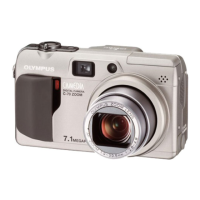


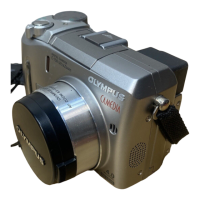

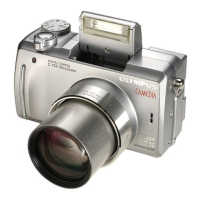
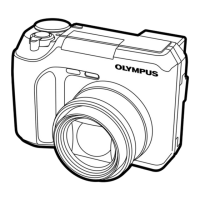
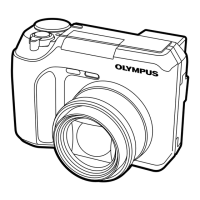
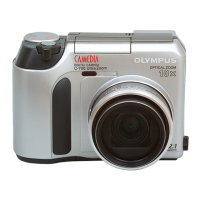
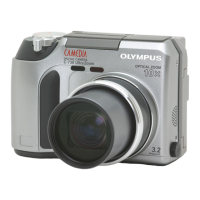
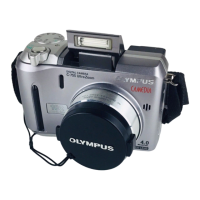
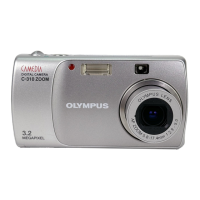
